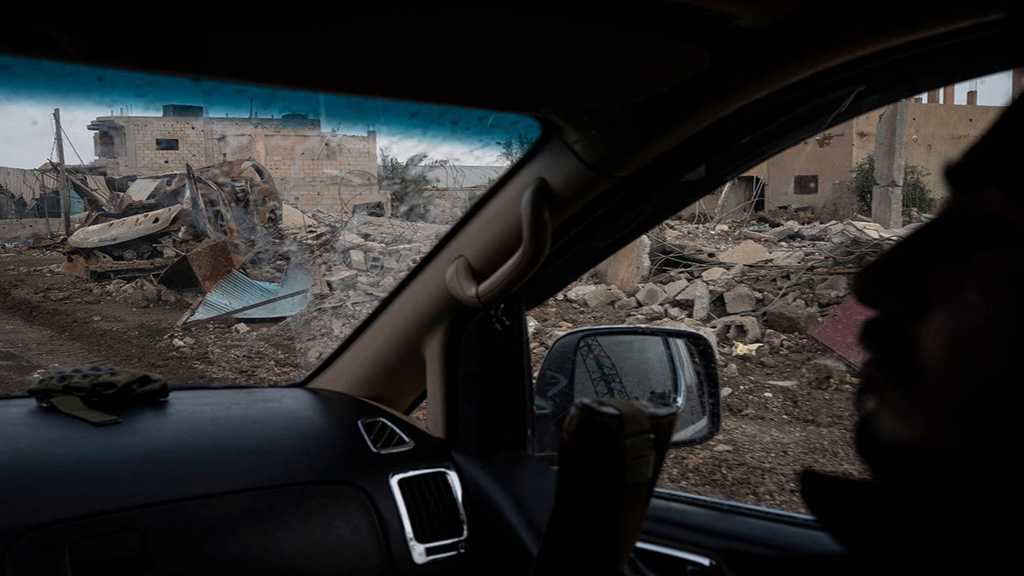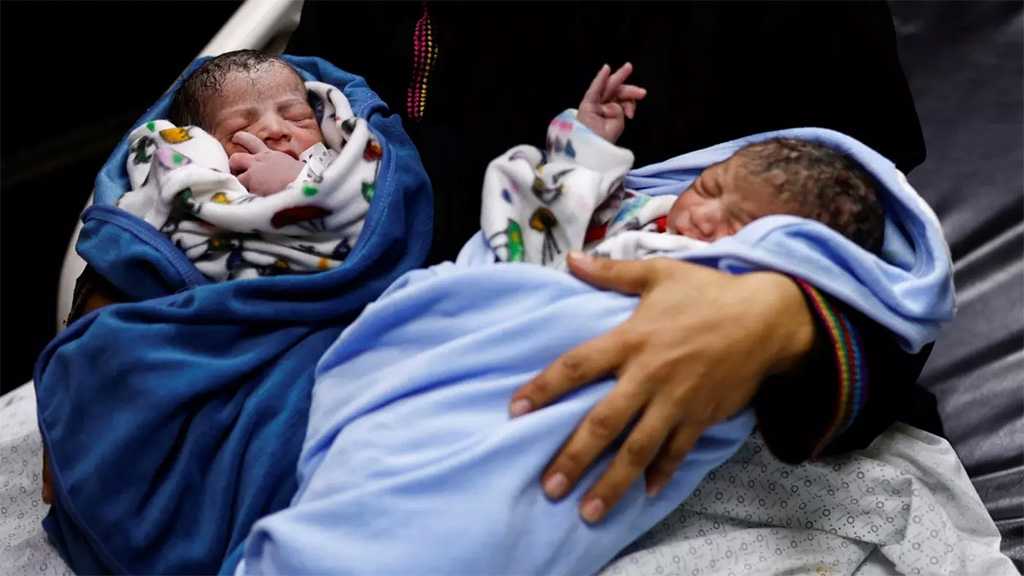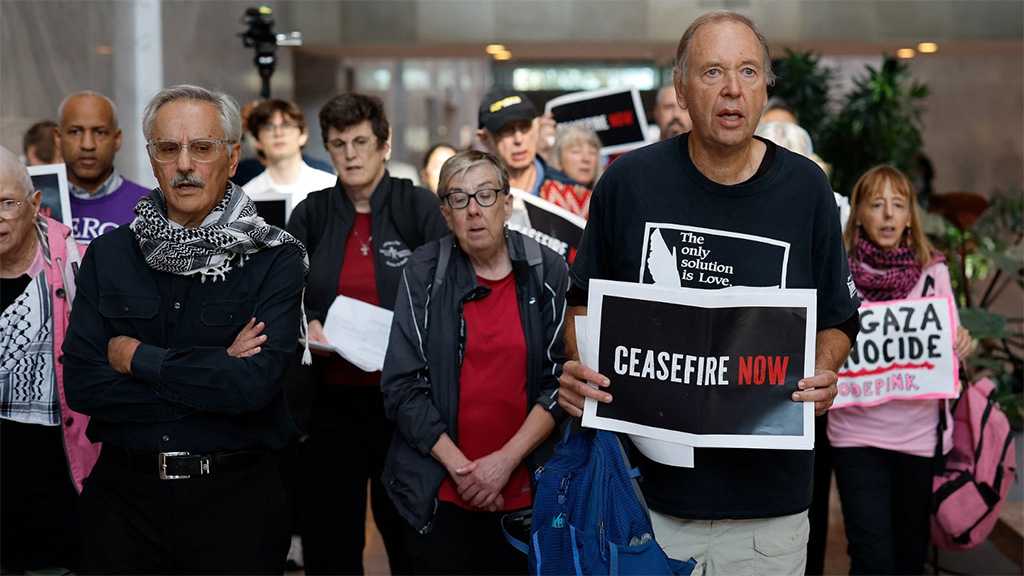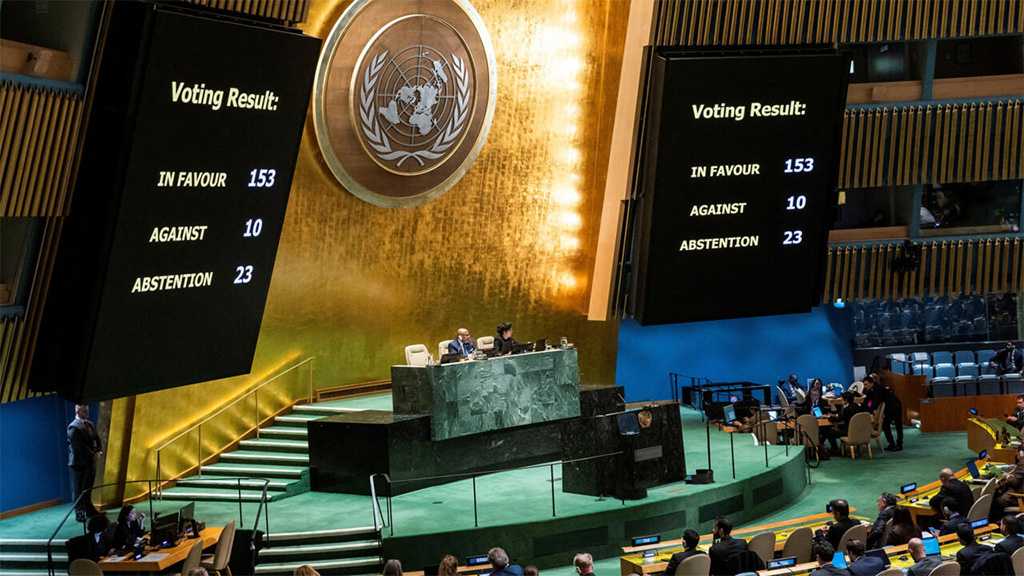
As The ‘Caliphate Crumbles,’ Daesh Is Seeding A New Insurgency

By Louisa Loveluck, The Washington Post
The road to the final scrap of Daesh’s [the Arabic acronym for terrorist ‘ISIS/ISIL’ group] self-declared caliphate in eastern Syria is quiet for the most part. US-backed forces cruise past fields of flowers in their armored vehicles. Locals forage for truffles, and dogs roam barren patches of earth, too, digging up bodies from the battles that were fought here.
But when the vehicles reach al-Suwar, a nondescript town on the road to the terrorists’ last stronghold, the passengers spring into high alert. Guns are cocked, and drivers hit the gas. Then they belt down the road. “It’s not safe here,” one young fighter said on a recent drive. “We know there are sleeper cells, and we know they are watching us.”
As Daesh cadres mount a final stand in what remains of their proto-state, the group is already switching gears, returning to its insurgent roots by seeding sleeper cells across parts of Syria and Iraq it once controlled. The US-supported Syrian Democratic Forces [SDF] fear to linger in the villages they technically hold on the road to Baghouz, Daesh’s final redoubt. Assassinations are mounting, locals say. Militants set up checkpoints by night, then melt away with the dawn.
Daesh’s unprecedented rise across territory the size of Britain was enabled by the chaos of Syria’s war and the near-total collapse of Iraq’s security forces across the border.
With its remaining members scattered across the desert hinterlands of both countries, there is no suggestion Daesh will regain significant territory anytime soon. But experts warn that the coming months could determine whether the group will be able to destabilize the still-fragile security situation and set the stage for fresh violence.
Conditions in Deir al-Zour province, where Daesh is mounting its final stand, remain unusually fertile for the militants. Clandestine cells are active in several areas, where shattered villages and vast tracts of desert are difficult to police, experts say.
Across the porous border in Iraq, the central government has regained control over areas once occupied by the militants. But corruption and sectarian discrimination remain a problem, and the long-standing mistrust between residents and state security forces — which fueled local support for Daesh in the past — has not gone away.
“One of the main vulnerabilities here is trust: whether those forces are here to help you or police you, whether they are there to govern your areas properly or exploit them,” said Hassan Hassan, a research director at the Washington-based Center for Global Policy.
The US-backed SDF was born as a Syrian Kurdish force, but it recruited locally as it pushed deeper into Arab-dominated ¬areas of eastern Syria to roll back Daesh. SDF members and the DeirEzzor 24 monitoring group now say that scores of Arab fighters who were previously linked to Daesh have become part of the US-backed force.
Local fighters believe that civilians and some newer SDF recruits have leaked information allowing Daesh sleeper cells to target commanders along the road from Busayrah. Driving at full tilt on a recent day, US-backed troops watched motorcyclists like hawks. The asphalt was still charred in one spot, after a blast targeted western and Kurdish soldiers there earlier this year.
Hundreds of militants are believed to have escaped Baghouz in recent weeks, with many paying large sums to smugglers in return for safe passage across the Iraqi border or to areas controlled by the Syrian government, according to SDF fighters and western diplomats.
The SDF said Monday that it had released 283 Syrians who had worked with Daesh, saying they had no “blood on their hands” and describing the gesture as one of “cooperation, fraternity and clemency.”
But one Syrian official, speaking on the condition of anonymity because of the sensitivity of the deal, described it as a sop to influential local tribes who had requested their relatives’ freedom. “No one knows how these deals are going to play out in the future, and it’s making a lot of people uncomfortable,” he said.
Some local residents, for their part, say they feel under suspicion from elements of the SDF. One man, also speaking on the condition of anonymity, this time out of concern for his safety, said he had been arrested and tortured months earlier by the US-backed force after someone informed authorities that he had been using his phone in the vicinity of a bombing.
“There were four interrogators, and they kept asking about my sleeper cell,” the man recalled. “I knew I was in big trouble, but what could I tell them? I told them that I swore to God I was just a regular civilian, and they told me not to invoke his name, because God would not be here for me in this room.”
The province’s future will be shaped, in part, by if and how the United States completes its planned military withdrawal from the area. Syrian President Bashar al-Assad’s government already controls half the province, and has vowed to regain the rest, by force if necessary.
“Someone has to ensure that forces on the ground can handle themselves when another [insurgency] scenario arises,” Hassan said. In Syria, he projected that the security forces and local authorities have one to two years to get trained and improve local services before a new insurgency emerges.
“This is where the momentum fades away and complacency creeps in. It’s also when jihadists learn the routines of security forces in the way needed for them to mount sustained insurgencies,” he said.
The challenges for Iraq’s government are greater still. Hundreds of Daesh militants have crossed the border from eastern Syria in recent weeks, despite a beefed-up Iraqi military presence there, and several thousand more are thought to be hiding out in remote areas.
“We have launched an operation to clear that desert, but it’s a complicated area,” said Brig. Gen. Yahya Rasoul, spokesman for Iraq’s joint operations command, rejecting claims that any militants had breached the border. “Their ability to do any damage is limited, and it’s only a matter of time until the whole of Iraq is cleared,” he said.
Yet in several northern Iraqi provinces, sleeper cells have kidnapped, killed and ambushed residents associated with the government or security services, and the group’s extortion rackets have also cranked back into action. The Armed Conflict Location & Event Data Project is now recording an average of more than 60 violent incidents by the group each month.
Human rights groups also warn that many Sunni Muslims who suffered under Daesh rule are now being targeted for revenge by police and military, as well as members of their community, reflecting a widespread belief that the survival of these Sunnis suggests they were collaborators.
Researchers fear that long-standing grievances — combined with new ones resulting from the perceived collective punishment of Sunni-majority areas once controlled by Daesh — could revive the group’s appeal.
“Civilians have many reasons to be afraid of the police based on past experiences with repression, but police also have legitimate reasons to be afraid of civilians who are sometimes difficult to distinguish from insurgents in asymmetric conflicts, so this is mutual distrust, a difficult problem to solve,” said Mara Revkin, who is partnering with the International Organization for Migration’s Iraq Mission and Yale Law School’s Center for Global Legal Challenges to study whether ¬community-oriented policing methods can help close this trust gap.
“This convergence of destabilizing factors is very concerning.”
Comments



